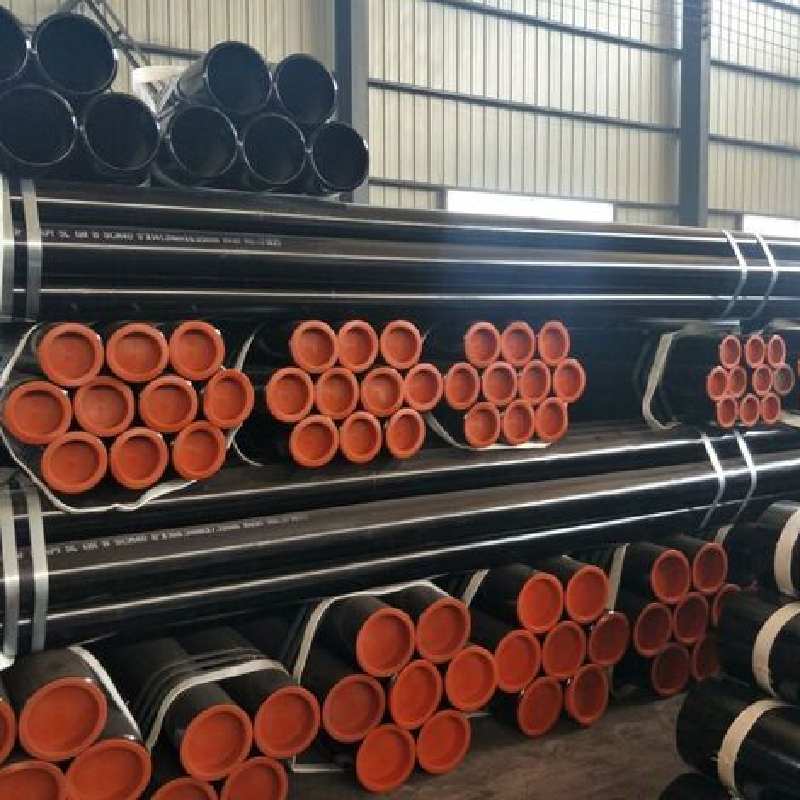-
Cangzhou Yulong Steel Co., Ltd.
-
Phone:
+86 13303177267 -
Email:
admin@ylsteelfittings.com
- English
- Arabic
- Italian
- Spanish
- Portuguese
- German
- kazakh
- Persian
- Greek
- French
- Russian
- Polish
- Thai
- Indonesian
- Vietnamese
- Zulu
- Korean
- Uzbek
- Hindi
- Serbian
- Malay
- Ukrainian
- Gujarati
- Haitian Creole
- hausa
- hawaiian
- Hebrew
- Miao
- Hungarian
- Icelandic
- igbo
- irish
- Japanese
- Javanese
- Kannada
- Khmer
- Rwandese
- Afrikaans
- Albanian
- Amharic
- Armenian
- Azerbaijani
- Basque
- Belarusian
- Bengali
- Bosnian
- Bulgarian
- Catalan
- Cebuano
- China
- China (Taiwan)
- Corsican
- Croatian
- Czech
- Danish
- Esperanto
- Estonian
- Finnish
- Frisian
- Galician
- Georgian
- Kurdish
- Kyrgyz
- Lao
- Latin
- Latvian
- Lithuanian
- Luxembourgish
- Macedonian
- Malgashi
- Malayalam
- Maltese
- Maori
- Marathi
- Mongolian
- Myanmar
- Nepali
- Norwegian
- Norwegian
- Occitan
- Pashto
- Dutch
- Punjabi
- Romanian
- Samoan
- Scottish Gaelic
- Sesotho
- Shona
- Sindhi
- Sinhala
- Slovak
- Slovenian
- Somali
- Sundanese
- Swahili
- Swedish
- Tagalog
- Tajik
- Tamil
- Tatar
- Telugu
- Turkish
- Turkmen
- Urdu
- Uighur
- Welsh
- Bantu
- Yiddish
- Yoruba

Sep . 25, 2024 12:19 Back to list
Internal and External Threaded Pipe Fittings for Durable Connections and Efficient Flow
Understanding Pipe Fittings with Internal and External Threads
In plumbing and piping systems, ensuring a secure connection between various components is essential for maintaining pressure, preventing leaks, and ensuring the effective flow of liquids or gases. One vital aspect of this connection is the use of pipe fittings, which can feature either internal or external threads. Understanding the differences between these two types of threads, as well as their applications, is crucial for both professionals and DIY enthusiasts involved in plumbing projects.
What are Pipe Fittings?
Pipe fittings are devices used to connect different sections of pipe, allowing for changes in direction, pipe diameter, or flow direction. They come in various shapes, sizes, and materials, including plastic, steel, and copper. Among these fittings, those with threaded connections are particularly popular for their ease of installation and maintenance.
Internal vs. External Threads
The main distinction between internal and external threads lies in their physical characteristics and applications
1. Internal Threads These threads are cut into the interior of a fitting or pipe. Female fittings are typically equipped with internal threads, allowing them to receive male threaded pipes or connectors. Common examples include couplings, elbows, and tees with threaded ends. Internal threads are advantageous when connecting two pipes directly or integrating a fitting within a plumbing system.
2. External Threads In contrast, external threads are formed on the outer surface of a fitting or pipe, creating male connections. These are found on components such as pipe nipples or connectors designed to fit into female threaded female fittings. External threads are integral for providing a connection point for various plumbing applications, including fixtures and valves.
pipe fitting with internal and external threads

Applications of Threaded Pipe Fittings
Threaded pipe fittings are widely used in various sectors, including residential plumbing, industrial applications, and oil and gas systems. Here are some typical applications
- Residential Plumbing In home plumbing systems, internal and external thread fittings are common in connecting water supply lines, drains, and fixtures. Their ease of installation allows for quick repairs and alterations.
- Industrial Applications Industries often require robust and reliable connections to transport fluids under high pressure and temperature. Threaded fittings are used in machinery, manufacturing processes, and chemical transport, where durability and leak prevention are paramount.
- Oil and Gas The oil and gas industry heavily relies on threaded connections for drilling and transport. Using high-quality fittings with precise threading is critical for maintaining safety and efficiency in these operations.
Conclusion
Understanding the role of internal and external threaded pipe fittings is essential for anyone involved in plumbing or piping systems. The choice between internal and external threads depends on specific applications, the types of pipelines being used, and the ease of installation required. By using the right threaded fitting, professionals and DIY plumbers alike can ensure that their systems are secure, efficient, and free from leaks, ultimately leading to enhanced performance and safety in their plumbing projects. Whether you're undertaking a small repair or a major installation, knowing how to effectively utilize pipe fittings is invaluable for ensuring success in any plumbing endeavor.
Latest news
-
ANSI 150P SS304 SO FLANGE
NewsFeb.14,2025
-
ASTM A333GR6 STEEL PIPE
NewsJan.20,2025
-
ANSI B16.5 WELDING NECK FLANGE
NewsJan.15,2026
-
ANSI B16.5 SLIP-ON FLANGE
NewsApr.19,2024
-
SABS 1123 FLANGE
NewsJan.15,2025
-
DIN86044 PLATE FLANGE
NewsApr.19,2024
-
DIN2527 BLIND FLANGE
NewsApr.12,2024
-
JIS B2311 Butt-Welding Fittings LR/SR 45°/90° /180°Seamless/Weld
NewsApr.23,2024











